Curacao Travel Tips: What to Know Before You Go
Planning a trip to the stunning island of Curacao? This Caribbean gem, known for its turquoise waters, vibrant culture, and colorful Dutch architecture, is a dream destination for many travelers. Whether you’re drawn by the island’s hidden beaches, world-class snorkeling spots, or lively street art, Curacao promises an unforgettable experience. But to make the most of your getaway, it’s a good idea to plan ahead and understand the basics.
Start with transportation. Renting a car is often the best way to explore the island, especially if you want to visit remote beaches or charming local towns. Public transportation is limited, and taxis can be expensive. Also, keep in mind that Curacao uses the Netherlands Antillean guilder, though US dollars are widely accepted. Credit cards are commonly used, but it’s helpful to carry some cash for small purchases.
Safety in Curacao is generally not a concern, but like anywhere, stay aware of your surroundings and avoid leaving valuables unattended. Respect local customs and dress modestly when visiting towns or religious sites. Learning a few words in Papiamentu, the local language, can also go a long way in connecting with locals. With these Curacao travel tips in mind, you’re ready for an amazing adventure.
Get to Know the Island’s Geography
Curacao is located in the southern Caribbean Sea, just off the coast of Venezuela. It belongs to the ABC Islands—Aruba, Bonaire, and Curacao—and sits safely outside the hurricane belt. This makes it a great destination to visit any time of year. The island stretches around 40 miles from northwest to southeast, making it compact and easy to drive across in under an hour. You’ll find a surprising variety of landscapes packed into this small area.
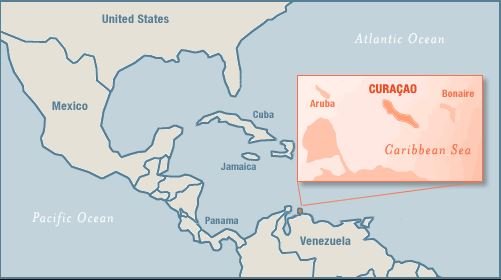
The capital city, Willemstad, is split into two main districts: Punda and Otrobanda. These two sides are connected by the charming Queen Emma Bridge, a floating pontoon bridge that swings open to let boats pass. Punda is known for its colorful colonial architecture, waterfront views, and pedestrian-friendly streets. Otrobanda offers a more local vibe, with museums, markets, and residential areas to explore.
To the west, you’ll find rugged terrain, hidden coves, and stunning beaches like Grote Knip and Playa Lagun. This part of the island is quieter and perfect for snorkeling or hiking in nature. The eastern side, by contrast, is more developed. Here you’ll find the airport, large resorts, nightlife options, and shopping centers. Knowing these areas helps you plan the perfect Curacao adventure.
Best Time to Visit Curacao
One of the most important Curacao travel tips is knowing when to go. Curacao enjoys a warm, sunny climate all year, with average temperatures around 28°C (82°F). Since it lies outside the hurricane zone, it’s safe to visit even during the Caribbean’s stormy season.
The dry season runs from January to September and offers ideal conditions for beach days, snorkeling, and diving. The sea is calm and visibility underwater is excellent. Rain is rare during this time, and the skies are mostly clear. October to December brings the rainy season, but don’t let that stop you—showers are short and often followed by sunshine.
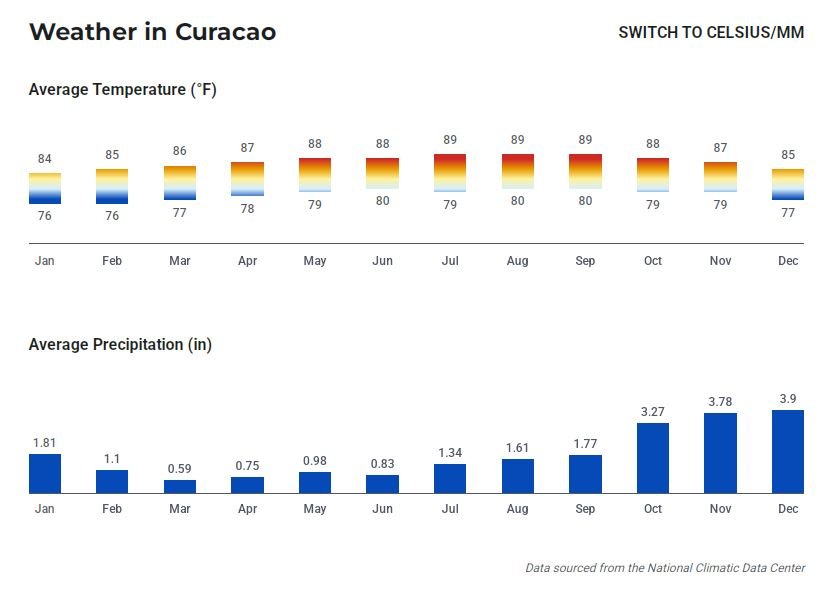
If you’re looking to avoid crowds, the shoulder months—May, June, and September—are perfect. You’ll still get plenty of sunshine, but with fewer tourists and lower prices on hotels and tours. These months offer a great balance of good weather and more peaceful surroundings.
Curacao also hosts colorful festivals and events throughout the year. Carnival season, which peaks in February or March, is a lively time to visit. Whether you go for the weather, the underwater adventures, or the local culture, Curacao offers something special in every season.
Currency and Money Matters
The official currency in Curacao is the Netherlands Antillean Guilder (ANG), also known as the florin. However, US dollars are widely accepted almost everywhere, including shops, restaurants, and hotels.
ATMs are easy to find, especially in Willemstad and around popular tourist spots. Most machines offer the option to withdraw in either guilders or US dollars. If you’re traveling with a foreign bank card, check for any international fees before using local ATMs. While many places accept major credit cards like Visa and Mastercard, some smaller vendors and beach kiosks prefer cash.
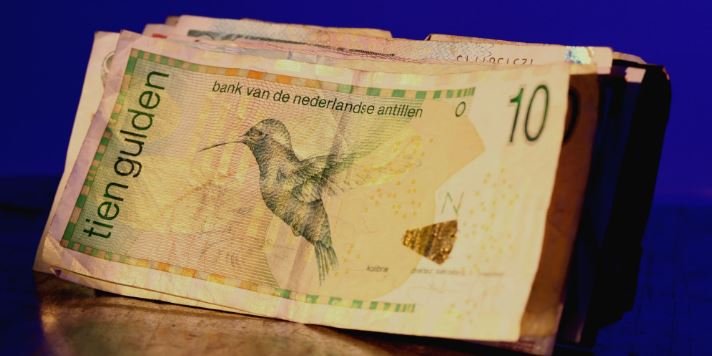
It’s a good idea to keep a small amount of local currency on hand for everyday purchases like snacks, bus fares, or souvenirs. Some taxis may also require cash payment, so having smaller bills is helpful. Tipping is appreciated and usually done in cash, even if you pay for the service by card.
Currency exchange is available at the airport, banks, and exchange offices. However, rates can vary, so it’s wise to compare before exchanging large sums. In general, managing money in Curacao is easy and straightforward, especially if you plan ahead and carry a mix of cash and cards.
Getting Around the Island
One of the top Curacao travel tips is to rent a car. While taxis are available, they can be expensive, and public transportation is limited and not always reliable. With a rental car, you’ll have the freedom to explore hidden beaches, remote coves, and local eateries at your own pace.
Driving in Curacao is straightforward for most visitors. Cars drive on the right side, and most vehicles are automatic. Traffic signs are in Dutch, but they’re fairly easy to understand. If you’re used to driving in Europe or North America, you’ll likely feel comfortable on the roads here.
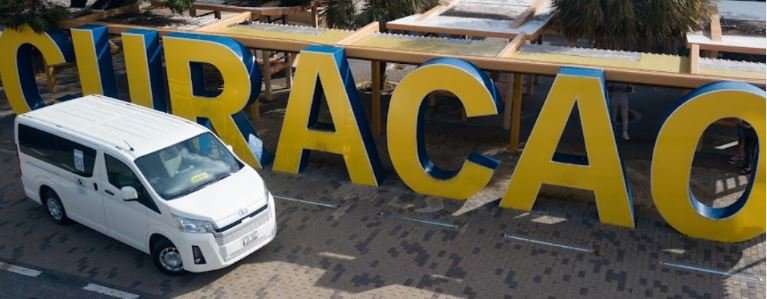
The island’s main roads are well maintained, especially in and around Willemstad. However, if you venture into the countryside, be prepared for the occasional pothole or narrow lane. That said, many of the best views and secluded spots are off the beaten path, so having your own wheels is a huge advantage.
Parking is usually simple. At beaches, restaurants, and hotels, you’ll often find free parking. In busy areas like downtown Willemstad, some spots may require payment, but it’s generally affordable. Having a car lets you make spontaneous stops, discover hidden gems, and enjoy the island at your own rhythm.
Language and Communication
Curacao is a multilingual island, and most locals speak four languages fluently: Papiamentu, Dutch, English, and Spanish. As a tourist, you won’t have any trouble communicating in English, especially in hotels, restaurants, and tourist attractions.
English is widely spoken and understood, making it easy to ask for directions, order food, or book a tour. Many signs and menus are also available in English, which adds to the island’s visitor-friendly vibe. Locals are used to welcoming people from all over the world and are generally happy to help if you have questions or need assistance.

Still, taking a few minutes to learn some basic Papiamentu words can go a long way. It shows respect for the local culture and often brings a smile. Try saying “Bon tardi” (Good afternoon) when greeting someone or “Ayo” (Goodbye) when you leave. Even small efforts like these are often met with kindness and appreciation.
Dutch is the official language and used in government and schools, but you’re unlikely to need it as a tourist. Spanish is also common, especially in shops and among residents with Latin American roots. Overall, language is not a barrier in Curacao—it’s a bridge to connection.
Safety Tips for Travelers
Curacao is considered one of the safest islands in the Caribbean, but basic travel precautions still apply. Petty theft can occur, so avoid leaving valuables in your rental car or unattended on the beach. Keep your personal items close, especially in crowded areas like markets or busy tourist spots. Use the hotel safe to store passports, extra cash, and other important documents.
Stick to well-lit areas at night, especially if you’re exploring on foot. While most neighborhoods are friendly and welcoming, it’s a good idea to ask your hotel staff if there are any places you should avoid after dark. If you’re renting a car, lock the doors and park in secure, designated areas. Always keep your phone charged and let someone know where you’re going, particularly if you’re heading out on a solo adventure.

Tap water in Curacao is safe to drink, so bring a reusable water bottle to stay hydrated and reduce plastic waste. The sun can be strong, so wear sunscreen, a hat, and lightweight clothing to protect yourself from sunburn or heat exhaustion. In case of any medical emergency, Curacao has reliable healthcare services and English-speaking staff in most clinics and pharmacies, giving travelers peace of mind.
What to Pack for Curacao
Packing light and smart is key when visiting Curacao. The island’s tropical climate calls for breathable, lightweight clothing that keeps you cool under the Caribbean sun. Think cotton t-shirts, linen shorts, and sundresses. Swimwear is a must—bring at least two sets so you always have a dry one ready. Flip-flops are perfect for the beach, but a sturdy pair of walking shoes or water shoes is useful for exploring rocky shores and hiking trails.
Sun protection is essential. Pack reef-safe sunscreen to protect both your skin and the marine life. A wide-brimmed hat and UV-blocking sunglasses will shield you during the sunniest parts of the day. Don’t forget a reusable water bottle to stay hydrated, especially if you’re out in the sun for hours.

While Curacao is warm year-round, indoor spaces like restaurants and malls can be chilly due to air conditioning. A light sweater, cardigan, or shawl will come in handy, especially during the evenings. If snorkeling or diving is on your agenda, consider bringing your own gear. It’s often more comfortable than rentals, and you’ll save time by being ready to jump in anytime. Still, if you prefer to travel light, quality rentals are widely available.
Top Cultural Curacao Travel Tips
Curacao is a cultural melting pot with Dutch, African, Latin, and Caribbean influences. The locals are friendly and respectful, and it’s important to return the same courtesy.
When visiting, keep in mind that showing respect for local customs goes a long way. Greet people with a smile, and a simple “Bon dia” (good morning in Papiamentu) can open doors. While many locals speak English, learning a few basic phrases in Papiamentu shows genuine interest in the culture.

Dress modestly, especially when entering churches or walking through traditional neighborhoods. Beachwear is for the beach—not for shops or restaurants. Tipping is appreciated in most service settings, with 10-15% being standard in restaurants, unless service charges are included. Taxis and hotel staff also welcome small tips.
Sundays are family days on the island. Many local shops and eateries close or operate on reduced hours, so plan accordingly. If your visit aligns with a local festival, don’t miss it. Curacao’s Carnival, with its parades and colorful costumes, is unforgettable. So is the North Sea Jazz Festival, which brings top international artists and showcases Caribbean rhythms. These events offer a deeper glimpse into the island’s soul.
Must-Try Local Food and Drinks
No list of Curacao travel tips is complete without mentioning the island’s delicious cuisine. The local food is a flavorful blend of Caribbean, Dutch, and Latin influences. A must-try is keshi yena—a large ball of cheese stuffed with spiced meat, vegetables, and raisins, then baked to perfection. You’ll also find stoba, a slow-cooked stew made with beef or goat, often served with rice or funchi (cornmeal). Fresh seafood is everywhere—look for grilled red snapper or lionfish, which is both tasty and helps protect the reef.

Don’t miss the chance to try the island’s most famous drink—Blue Curacao. This vibrant blue liqueur is made from the bitter peel of the laraha fruit, a type of citrus that only grows on the island. You can tour the Landhuis Chobolobo distillery in Willemstad, where you’ll learn how it’s made and enjoy a tasting session.
For something quick and satisfying, grab a pastechi—a golden, flaky pastry filled with cheese, tuna, or seasoned meat. Pair it with a cold batido, a thick smoothie made with tropical fruits like mango or papaya. These snacks are easy to find at local bakeries and roadside stands.
Internet and Connectivity
Most hotels and vacation rentals offer free Wi-Fi, making it easy to stay connected during your stay. In Willemstad, many cafes and restaurants also provide internet access for customers. Whether you’re checking emails or sharing your trip on social media, you’ll usually find a decent connection.
However, speeds may vary depending on your location. Some remote areas may have slower or less reliable service. If a strong connection is important for work or video calls, choose accommodations with good reviews for Wi-Fi.

For travelers needing mobile data, buying a local SIM card is a smart choice. Local providers offer prepaid plans at reasonable prices. Alternatively, check with your home provider about international roaming options. Some offer affordable travel packages that work well for short stays.
Final Thoughts: Make the Most of Your Curacao Adventure
Whether you’re coming for the beaches, diving, culture, or cuisine, Curacao has something for every traveler. With these Curacao travel tips in mind, you’ll be well-prepared to enjoy everything this beautiful island has to offer.
Make sure to slow down and truly soak in the atmosphere. Curacao isn’t just about sightseeing — it’s about feeling the rhythm of the island. Spend a lazy afternoon on a quiet beach, chat with locals at a food truck, or sip a cool drink while watching the sunset. These simple moments often become the most cherished memories.

Don’t rush through your itinerary. Instead, leave space for spontaneous detours. You might stumble upon a hidden cove, a small art gallery, or a lively local festival. Let curiosity guide you beyond the guidebooks — that’s where Curacao’s magic really shines.
In the end, the best way to experience Curacao is to stay present, be open-minded, and let the island surprise you. Its vibrant culture, warm people, and natural beauty will stay with you long after you leave.
Villas and hotels in Curacao, best accommodations
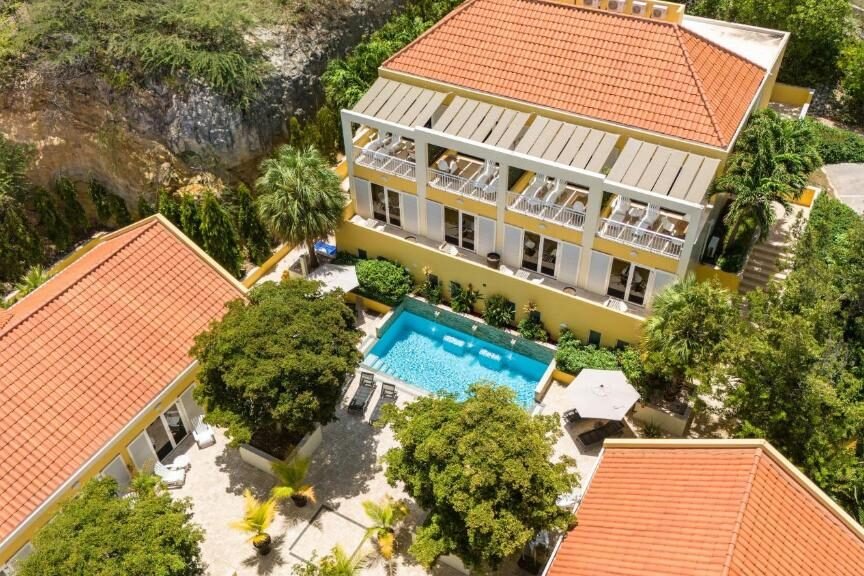
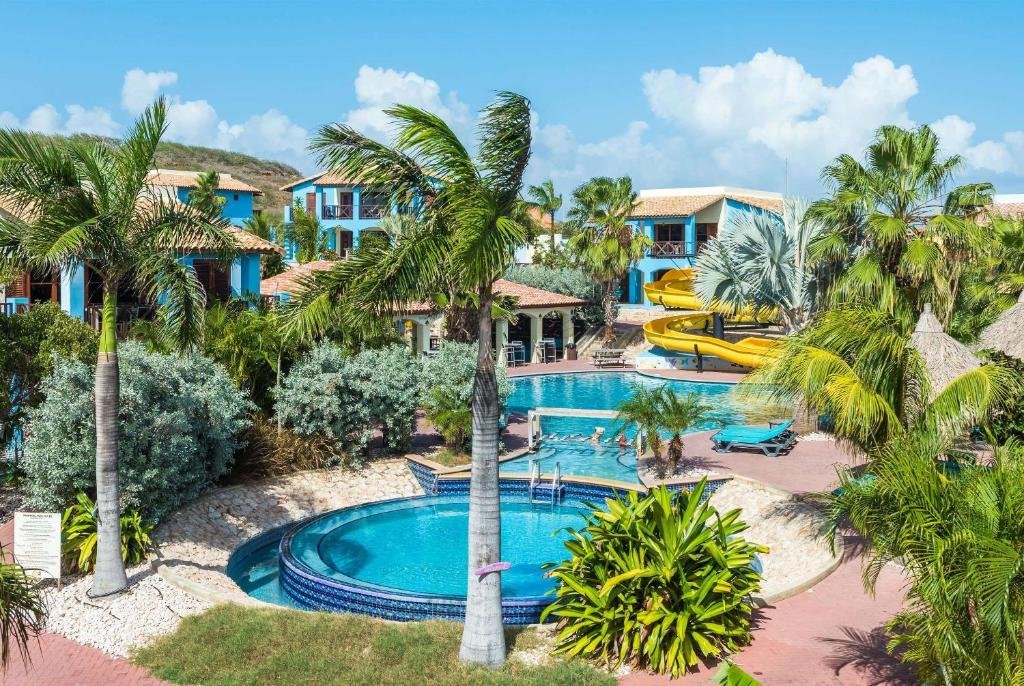
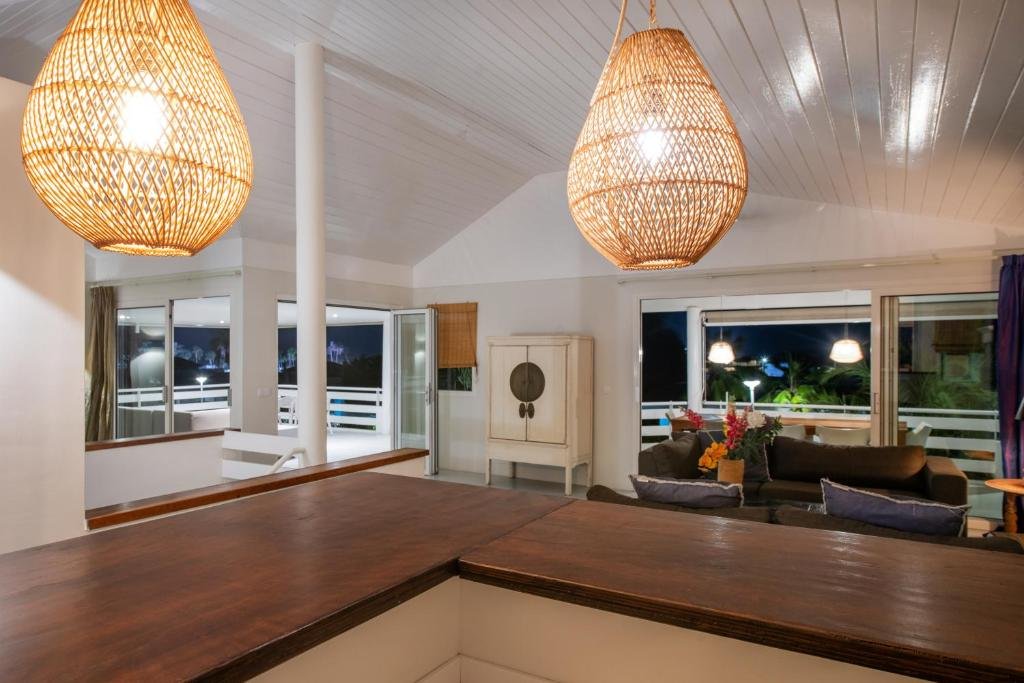
Learn more about Curacao
- What You Didn’t Know About Curaçao’s Location and Beauty
- Weather Guide: When to Go to Curaçao
- The Best Ways to Spend Your Time in Curaçao
- The Ultimate List of Beaches in Curaçao
- Diving in Curaçao: Where to Go
- Where the Sun Sets Best: Curaçao’s Top Sunset Views
- Discover the Wild Side of Curaçao
- What’s on the Menu in Curaçao? Local Eats
